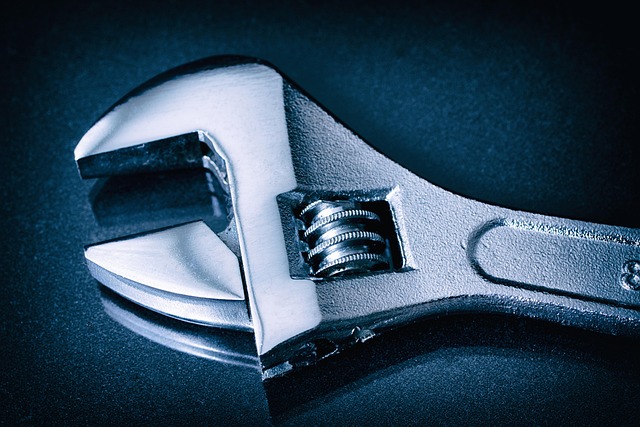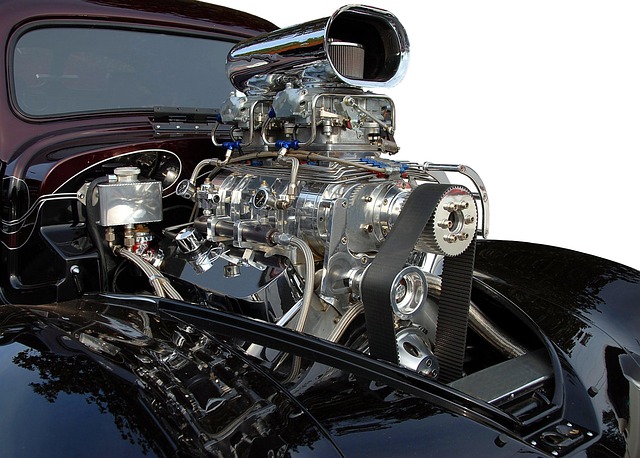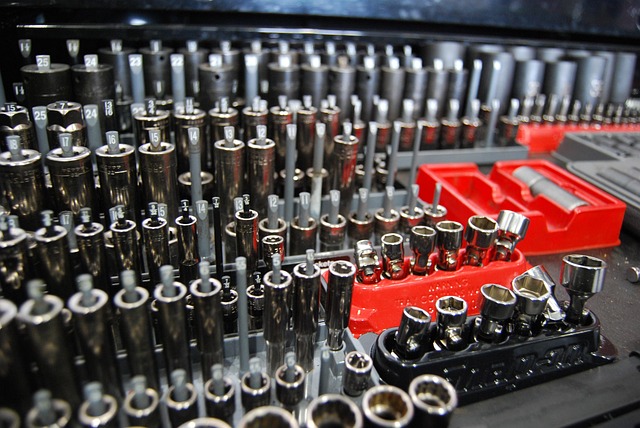The Direct Repair Program (DRP) is a collaborative initiative in the automotive sector that enhances customer satisfaction by standardizing repairs, providing specialized training and parts to authorized facilities, and maintaining vehicle warranties. Digital tools have transformed DRP claims processing, increasing efficiency through automated workflows, minimizing errors, and enabling real-time data access for quicker decision-making. These technologies also facilitate communication, improve repair assessments, and reduce turnarounds, benefiting both repair shops and customers. Effective digital implementation within DRP strategies optimizes operations, increases productivity, and drives profitability.
In today’s digital era, understanding the role of Direct Repair Programs (DRPs) is essential for optimizing automotive service and claims processes. DRPs facilitate efficient repairs by connecting insureds, insurance providers, and trusted repair facilities. This article explores how digital tools revolutionize DRP workflows, streamlining claims processing from start to finish. We’ll delve into the impact of technology, best practices for implementation, and strategies to enhance the overall customer experience in direct repair programs.
- Understanding Direct Repair Programs and Their Purpose
- The Impact of Digital Tools on Streamlining Claims Processing
- Best Practices for Implementing Digital Solutions in Direct Repair Workflows
Understanding Direct Repair Programs and Their Purpose

The Impact of Digital Tools on Streamlining Claims Processing

The introduction of digital tools has significantly revolutionized the way direct repair claims are processed, leading to a more efficient and streamlined workflow. These innovative solutions have cut down on manual tasks, reduced errors, and accelerated the entire claims management process. With just a few clicks, insurance providers can now access real-time data, enabling them to make informed decisions promptly. This digital transformation has been a game-changer for both insurers and policyholders, especially when it comes to complex vehicle repair claims.
One of the key benefits is the ease with which digital platforms facilitate communication between various stakeholders in a direct repair program. For instance, online claim submission forms allow drivers to document vehicle dents or tire services required, while digital imaging tools capture detailed pictures of the bodywork, ensuring accurate assessments. As a result, repairs such as vehicle dent repair and even intricate vehicle bodywork restoration can be coordinated more effectively, leading to faster turnarounds and happier customers.
Best Practices for Implementing Digital Solutions in Direct Repair Workflows

Implementing digital solutions within a direct repair program can significantly streamline operations for collision repair shops and frame straightening facilities. Best practices involve ensuring seamless integration with existing systems, promoting user-friendly interfaces that are accessible to all staff members, and providing adequate training to encourage adoption. By adopting these strategies, repair shops can maximize the benefits of digital tools.
For instance, digital platforms can simplify the process of handling car scratch repairs by enabling efficient documentation, real-time communication, and quick quote generation. This enhances transparency for clients while reducing administrative burdens on technicians. Furthermore, these solutions facilitate effective inventory management, tracking parts used in frame straightening processes, and streamlining billable hours, ultimately contributing to a more productive and profitable direct repair program.














